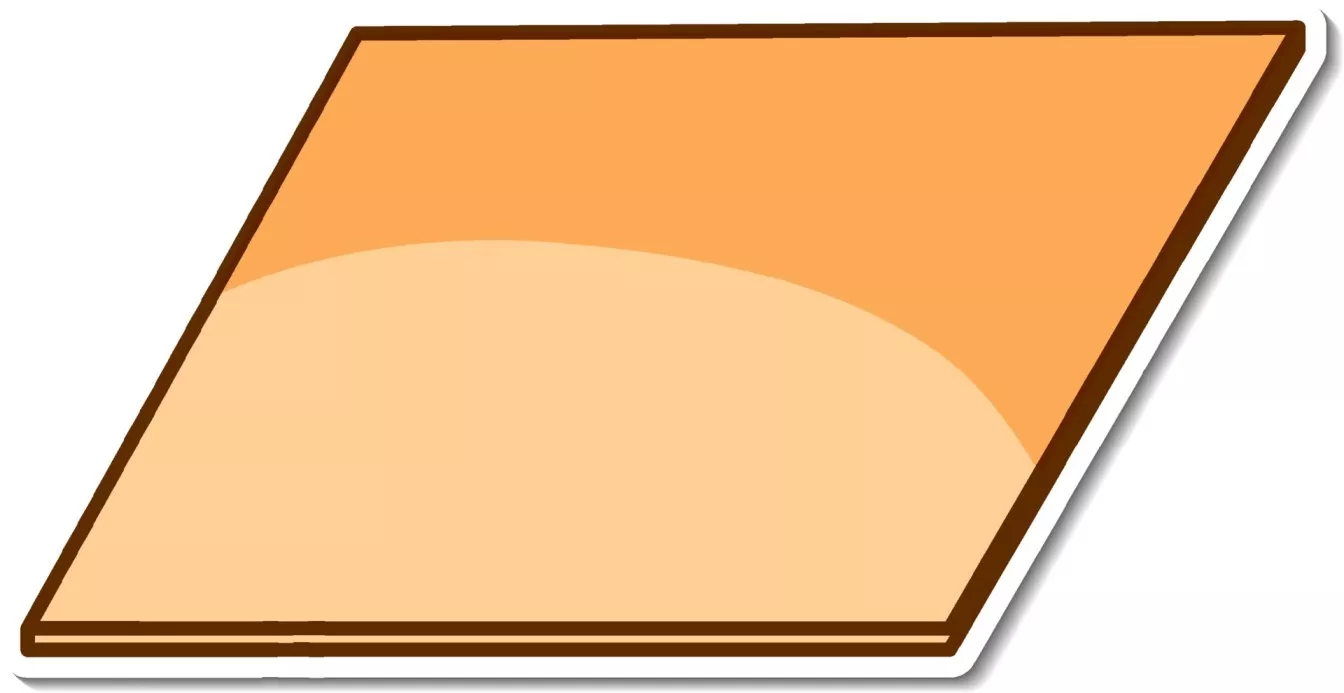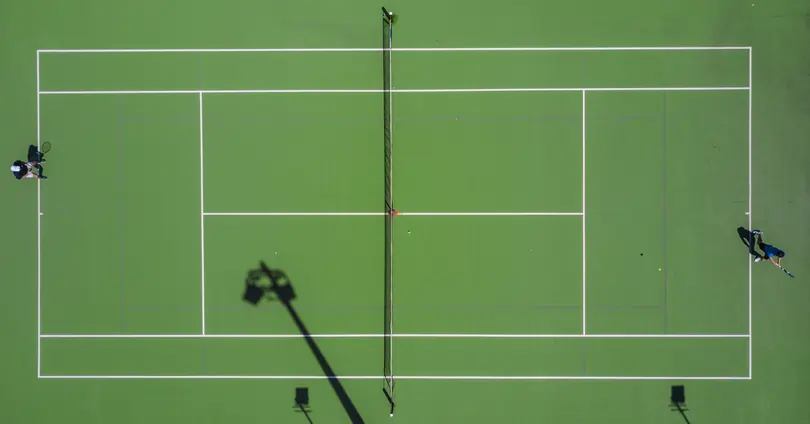Understanding parallelograms: Definition, properties, and applications

Parallelograms are an integral part of geometry, and understanding how to calculate their area is essential for tackling more complicated Maths problems. In this article, we'll dive into the definition, properties, applications, and more so you can get a better understanding of the topic. We'll also discuss how to calculate its area and perimeter, giving you the knowledge you need to apply it to more advanced Maths topics!
By the end of this article, you’ll have a comprehensive understanding of parallelograms, and the confidence to use your newfound knowledge in any Maths problem you come across. So let's dive right in and get started!
What is a Parallelogram?
A Parallelogram can be defined as a four-sided shape where both pairs of opposite sides are parallel to each other. In simpler terms, it is a shape with four sides where the opposite sides are parallel.
Properties of Parallelograms
- Opposite sides are parallel
One of the most defining properties of a parallelogram is that its opposite sides are parallel. This means that the distance between two opposite sides is constant along their entire length. - Opposite sides are congruent
Another important property of parallelograms is that their opposite sides are congruent. This means that the lengths of two opposite sides are equal. - Opposite angles are congruent
In addition to having opposite sides that are parallel and congruent, a parallelogram also has opposite angles that are congruent. This means that the measure of one angle is equal to the measure of the angle opposite it. - Consecutive angles are supplementary
Consecutive angles of a parallelogram are supplementary, meaning that they add up to 180 degrees. This property is important in determining the measures of angles in a parallelogram. - Diagonals bisect each other
The diagonals of a parallelogram bisect each other. This means that they intersect at their midpoint, which divides each diagonal into two congruent segments. - Sum of interior angles is 360 degrees
The sum of the interior angles of a parallelogram is 360 degrees.
Types of Parallelograms
There are several types of parallelograms, including:
- Rectangle: A parallelogram with four right angles.
- Square: A special type of rectangle with all sides equal in length.
- Rhombus: A parallelogram with all sides equal in length.
- Trapezoid: A quadrilateral with only one pair of parallel sides, which can also be a parallelogram if the non-parallel sides are equal in length.
- Kite: A quadrilateral with two pairs of adjacent sides that are equal in length, and can also be a parallelogram if the non-adjacent sides are equal in length.
Calculations with Parallelograms
- Area of a parallelogram
The area of a parallelogram can be calculated using the formula A = bh, where A is the area, b is the base of the parallelogram, and h is the height of the parallelogram. - Perimeter of a parallelogram
The perimeter of a parallelogram can be calculated using this formula: \(P=2(a+b)\), where a is the side and b is the base of the parallelogram.
Applications of Parallelograms
The properties and calculations of parallelograms have numerous real-world applications, including:
- Architecture: Parallelograms are commonly used in architectural design to create interesting and visually appealing structures. For example, the Parthenon in Athens, Greece, features numerous parallelograms in its design.
- Engineering: Parallelograms are used in engineering for the design of mechanical linkages and other systems that require parallel motion. They are also used in the design of trusses for bridges and buildings.
- Geometry: Parallelograms are an important concept in geometry and are used to help students understand basic geometric principles.
Real-World Examples
Parallelograms can be found in numerous real-world examples, including:
The Parthenon: The Parthenon in Athens, Greece, is one of the most famous examples of a structure that uses parallelograms in its design. The building features numerous columns that are arranged in a rectangular pattern, creating the illusion of parallel motion.

Tennis Courts: Tennis courts are often rectangular parallelograms, with the two shorter sides being the service lines and the two longer sides being the baselines. The net is placed across the middle of the court, creating two congruent right triangles on each side. The use of a parallelogram shape allows for the fair distribution of playing space and ensures that the court is symmetrically balanced.

Frequently Asked Questions (FAQs)
What is the difference between a parallelogram and a rectangle?
A parallelogram is a quadrilateral with two pairs of parallel sides, while a rectangle is a parallelogram with four right angles.
Can a parallelogram have a right angle?
Yes, a parallelogram can have a right angle, but only if it is a rectangle.
What is the formula for the area of a parallelogram?
The formula for the area of a parallelogram is A = bh, where A is the area, b is the base of the parallelogram, and h is the height of the parallelogram.
What is the significance of opposite sides and angles in a parallelogram?
The opposite sides and angles in a parallelogram are congruent, meaning they have the same length or measure. This property is what makes parallelograms unique and distinct from other quadrilaterals.
How do parallelograms relate to other geometric shapes?
Parallelograms are a type of quadrilateral, which means they are related to other geometric shapes like triangles and rectangles. Understanding the properties of parallelograms can help students understand the properties of other shapes as well.


 SG
SG  VN
VN 















